

Starting from 7 inches and going all the way to 13 inches, tablets now come in a variety of sizes and shapes. Heck, even the iPad has three sizes when the iPhone only has two. As such, it’s more difficult than ever to figure out which model is the right one for your needs.
Naturally, deciding on size is primarily about knowing what you want to do with it. However, there are other factors too. If you have a smartphone, it’s size plays an important role in picking the size of an accompanying tablet. The same is true if you have a laptop. The aspect ratio of the tablet also plays a part.
So which tablet size should you actually get?
iPads have screens that are more “square” — that is, the length and width are visibly similar, not substantially different. Tablets like the Samsung Galaxy Note, on the other hand, are more “rectangular” or “long” — that is, the length is visibly longer than the width.
This describes the aspect ratio, an important specification for any screen.

You also need to know two other terms: portrait mode is when you’re holding the tablet vertically (longer side goes up-down) and landscape mode is when you’re holding the tablet horizontally (longer side goes left-right).
The aspect ratio is the ratio of length to width. Commonly, the “square” aspect ratio is 4:3, which happens to be the same aspect ratio typically used by older CRT monitors. The “rectangle” aspect ratio is 16:9 or 16:10, which is the same aspect ratio typically used by widescreen TVs, laptops, and most smartphones.
Here’s a general rule of thumb to decide which aspect ratio is right for you:
Now that you know the shape that’s more appropriate for you, let’s move onto the best screen size.

In the world of 5.7-inch and 6-inch smartphones (or “phablets”), the tech world has more or less decided that 7 inches is where a “tablet” starts. And boy, you get a lot of options at this price. Your choices are largely Android tablets, like the Samsung Galaxy Tab 4, or Android derivatives like the $50 Amazon Kindle Fire.

Between 7-inch and 8-inch, do you really need that extra inch? Some say no, I say yes.
The iPad Mini’s 8-inch size with the 4:3 aspect ratio is, in my opinion, the perfect size for a tablet. Tablets are primarily content consumption devices — as opposed to content creation devices — and this size is small enough to hold in one hand and be portable while being large enough to browse the web and watch movies in comfort.
I found that this also holds true for tablets that go up to 9 inches, but then I’d recommend switching from 4:3 to 16:9. In many ways, a 9-inch rectangular tablet has the same benefits of an 8-inch square one.

From the original Apple iPad to the much-vaunted Samsung Note series, this is the point where tablets go from mere consumption devices to something more. The 10-inch range is often big enough that these tablets can be used as laptop replacements. In some ways, it slots perfectly between a large phone and a large laptop.

Going into the bigger size, you’re mostly looking at tablets that are meant to be full-on laptop replacements. As such, your mindset needs to change.
Think of these as “work tablets”. For example, the iPad Pro isn’t just a bigger iPad, it’s a tablet whose purpose is equally to create and to consume content. The Microsoft Surface is a tablet but also a PC. The Lenovo Yoga 3 Pro adds a little more: a pico projector to cast your presentations on a big screen.
At this point, you probably know a handful of people who have tablets, so consider asking and trying out their devices to get a better sense of what you need. Many stores also stock all the different tablet sizes.
While this guide serves as a good thumb rule, it’s not infallible. The best way to find your perfect size is to try out the different shapes and sizes first.
All right, let’s hear what you have to say. Which tablet do you use? Why do you think it’s the perfect size? And what’s your opinion on 4:3 versus 16:9 tablets?

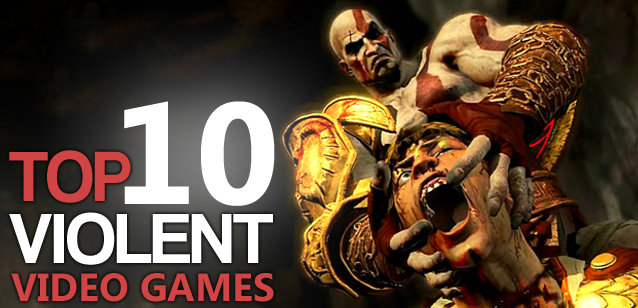
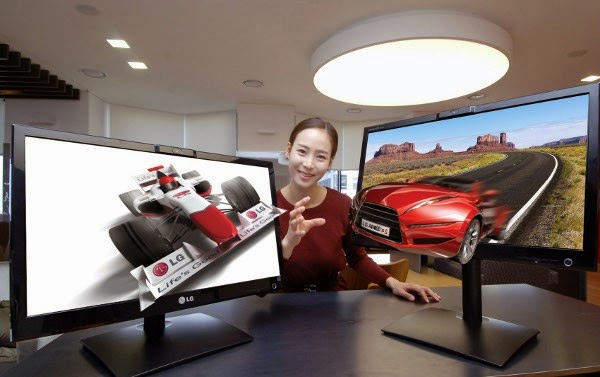
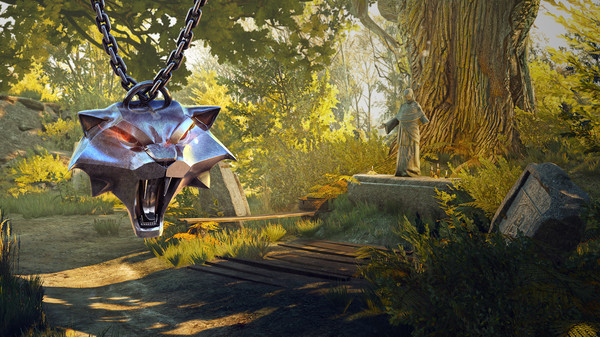
 Windows 10 Can Auto-Remove Software Against Your Will
Windows 10 Can Auto-Remove Software Against Your Will How To Modify Your SNES To Play Japanese Super Famicom Games
How To Modify Your SNES To Play Japanese Super Famicom Games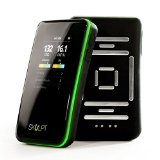 17 Best Health and Fitness Gadgets to Improve Your Body
17 Best Health and Fitness Gadgets to Improve Your Body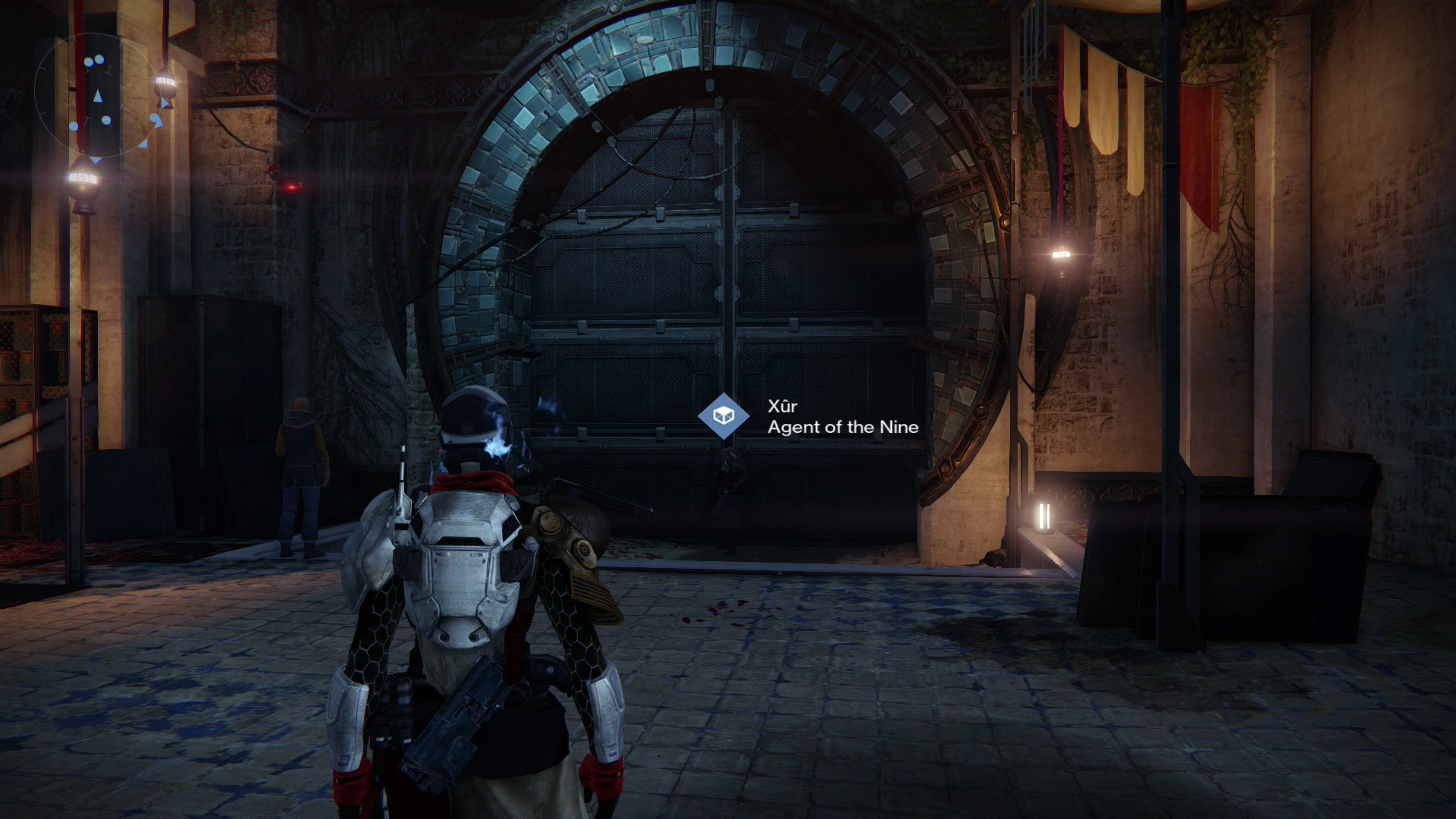 Destiny: What is Xur Selling - July 24 - 26
Destiny: What is Xur Selling - July 24 - 26 Fallout 4 Beginner Tips To Survive In The Wasteland
Fallout 4 Beginner Tips To Survive In The Wasteland